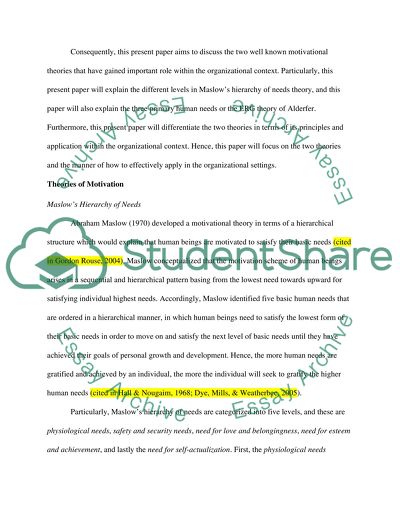Cite this document
(“An Application on the Theories of Motivation: Understanding the Essay - 1”, n.d.)
An Application on the Theories of Motivation: Understanding the Essay - 1. Retrieved from https://studentshare.org/marketing/1609379-compare-and-contrast-two-theories-of-motivation-suggest-how-a-team-leader-might-use-these-theories-to-motivate-their-team
An Application on the Theories of Motivation: Understanding the Essay - 1. Retrieved from https://studentshare.org/marketing/1609379-compare-and-contrast-two-theories-of-motivation-suggest-how-a-team-leader-might-use-these-theories-to-motivate-their-team
(An Application on the Theories of Motivation: Understanding the Essay - 1)
An Application on the Theories of Motivation: Understanding the Essay - 1. https://studentshare.org/marketing/1609379-compare-and-contrast-two-theories-of-motivation-suggest-how-a-team-leader-might-use-these-theories-to-motivate-their-team.
An Application on the Theories of Motivation: Understanding the Essay - 1. https://studentshare.org/marketing/1609379-compare-and-contrast-two-theories-of-motivation-suggest-how-a-team-leader-might-use-these-theories-to-motivate-their-team.
“An Application on the Theories of Motivation: Understanding the Essay - 1”, n.d. https://studentshare.org/marketing/1609379-compare-and-contrast-two-theories-of-motivation-suggest-how-a-team-leader-might-use-these-theories-to-motivate-their-team.


